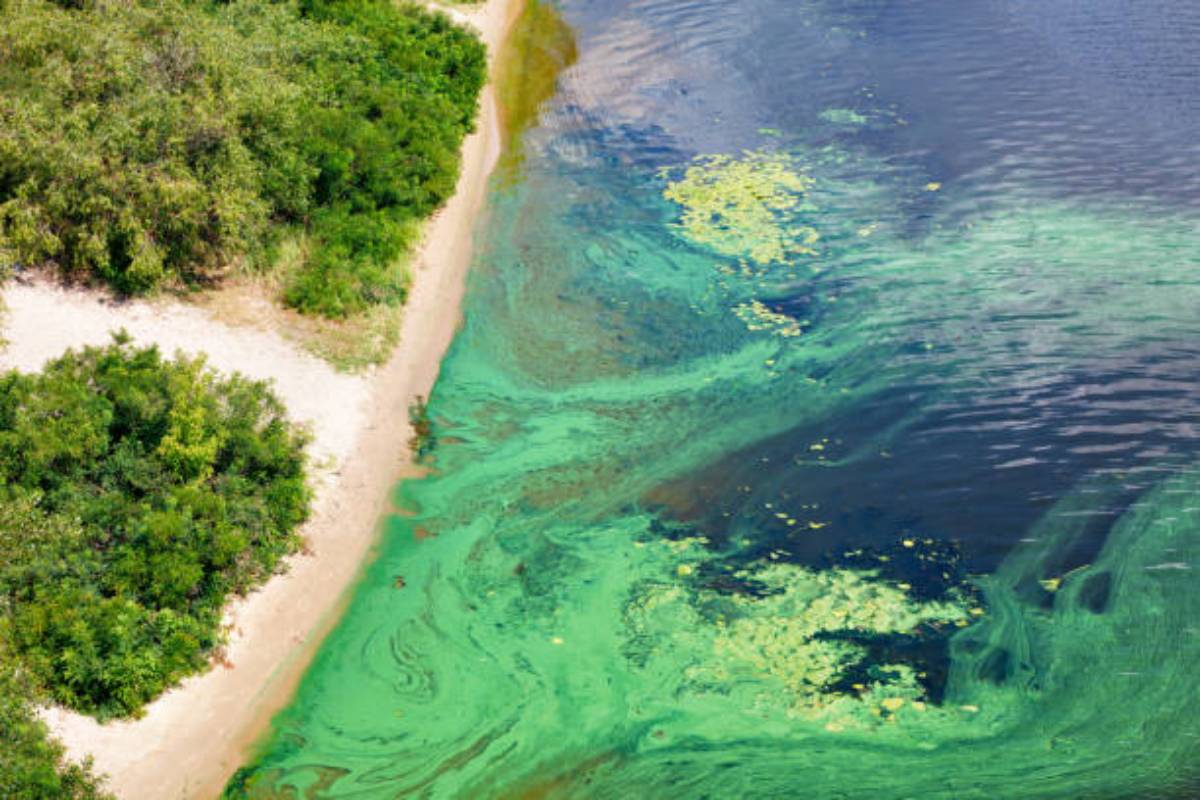NASA mission touches down on Moon aboard Firefly Aerospace lander
The data captured could also benefit humans on Earth by providing insights into how space weather and other cosmic forces impact Earth.
A bloom often results in a change of color in the water. Algal blooms can be of any colour but the most common ones are red or brown.
Statesman News Service | New Delhi | October 12, 2022 7:12 pm

Harmful Algae bloom and its effects on aquatic life, humans (Photo : iStock)
In recent developments on the environmental front, some international climate research groups and organisations are blaming the growth of ‘algae blooms’ for large-scale death of aquatic life. Algae or Phytoplankton are microscopic organisms that can be found naturally in coastal waters. They are major producers of oxygen and food for many of the animals that live there.
When environmental conditions are favourable for their development, these cells can multiply rapidly and form a high number of cells and this is called an algal bloom.
A bloom often results in a change of color in the water. Algal blooms can be of any colour but the most common ones are red or brown. These blooms are commonly referred to as red or brown tides. Most algal blooms are not harmful but some produce toxins and do affect fish, birds, marine mammals and humans. The toxins may also make the surrounding air difficult to breathe. These are known as harmful algal blooms.
What are the causes of these blooms
Blooms occur when several aqautic colonies start combining rapidly when the conditions such as nutrient concentration, salinity and temperature are optimal.
Blooms can be due to a number of reasons. Two common causes are nutrient enrichment and warm waters. Water temperature has also been related to occurrence of algae blooms with usually warm water being conducive to blooms.
How dangerous is the Algae Bloom harmful to fish and humans?
Algae blooms can deplete oxygen in water and lead to low dissolved oxygen levels. When masses of algae die and decompose, the decaying process can deplete oxygen in the water causing the water to become low in oxygen and when oxygen levels become too low, fish suffocate and die. Some algae species in blooms produce potent neurotoxins that can be transferred through the food web where they affect and even kill the higher forms of life such as zooplankton, shellfish, fish, birds, marine mammals, and even humans that feed on these species, either directly or indirectly.
There are many environmental hazards which happen due to harmful algae bloom. It also results in the closure of shellfish beds.
Most illness associated with harmful algal bloom exposure is the result of consuming toxins that are present in shellfish or finfish. Some algae bloom toxins can become airborne during a bloom and people can become ill by inhaling toxins.
Because the growth, toxicity, and distribution of harmful algal bloom species are all tied to environmental changes in climate which can change the occurrence severity and impacts of harmful algal bloom.
Advertisement
Advertisement
Advertisement
The data captured could also benefit humans on Earth by providing insights into how space weather and other cosmic forces impact Earth.
Green vegetation plays a major role in maintaining ecological balance, very important for the life process of all living beings. Humans are indebted to the green vegetation on the earth since we are totally dependent on the green vegetation for our survival.
AI programmes are crafted to curate social media content in a manner that captivates the user’s attention for long hours. Social media posts that gain the most traction through a binary like-or-dislike scheme are promoted, while meaningful journalism and art fall by the wayside.
Advertisement
